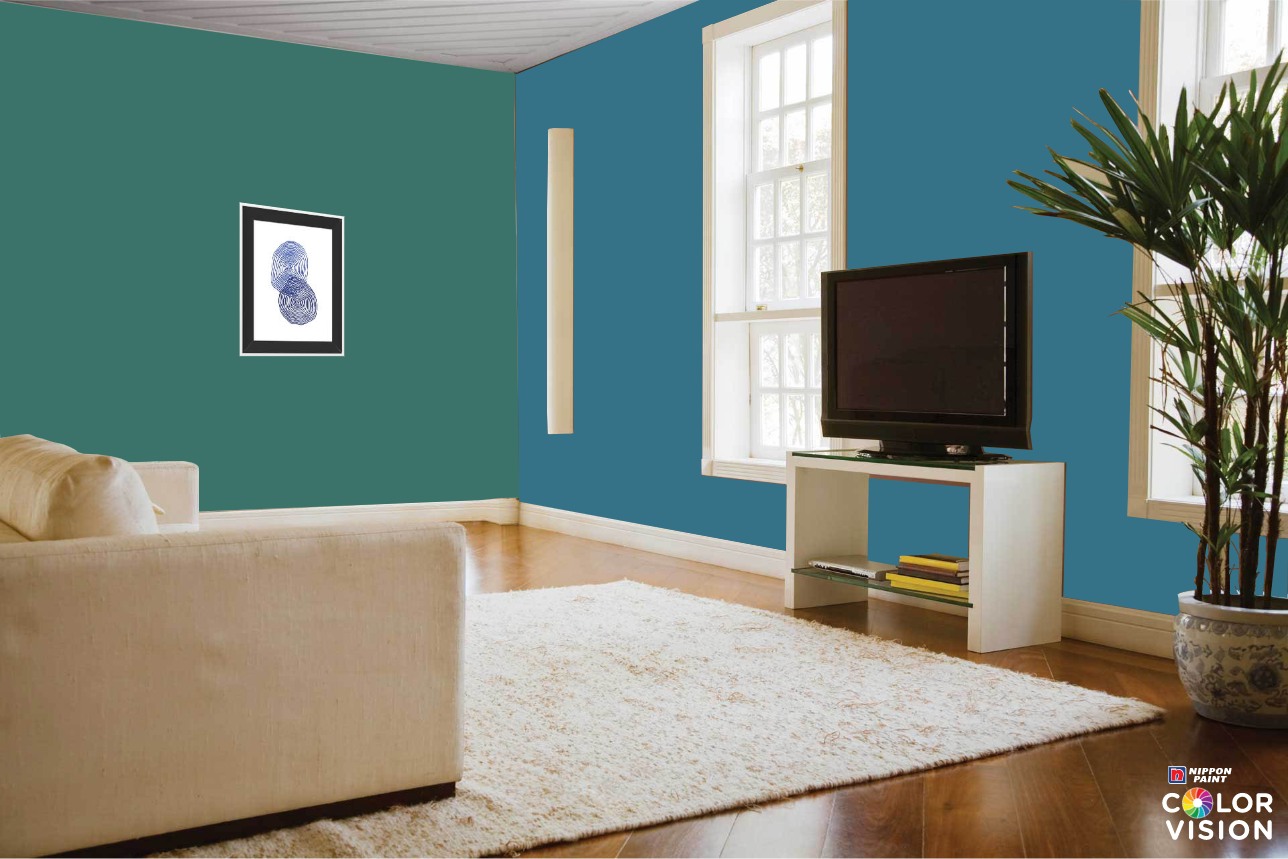Painting Colours: A Journey Through Hues
"A picture is a poem without words." – Emily Dickinson
Unveiling the World of Colours
.jpg)
Source: com.au
Colours are amazing! They can make us happy, sad, calm, or excited. They’re everywhere around us. Think about the sunset, the flowers in your garden, or even your favorite clothes. Colors give us life. It's true that colours paint the world with life!
What is a colour?
A colour is light or part of light that can be shown or reflected. They affect our emotions, help us feel and understand, also, helps tell stories and can be useful, like warning lights!
Primary Colours
- Red
- Yellow
- Blue
These are the basic colours, the building blocks for all the other colours! (Just like ABC's for a word.)
Secondary Colours
These colours come from mixing primary colours:
| Primary 1 | Primary 2 | Secondary |
|---|---|---|
| Red | Yellow | Orange |
| Red | Blue | Purple |
| Yellow | Blue | Green |
The Psychology of Colours

Source: media-amazon.com
Colours can evoke many feelings:
- Red: Passionate, exciting, sometimes dangerous, think "stop sign."
- Blue: Calming, relaxing, sometimes mysterious (like the deep ocean).
- Yellow: Happy, cheerful, like sunshine!
Think of how a restaurant might use colours – maybe they'll use yellow to make you feel happy or blue for a quiet place. (Designers know colors have a language!)
Interesting Observations
- Blue is the most popular colour globally. Many studies found that.
- People feel more peaceful and calmer in a blue room.
Painting Colours – How to Choose Them
Choosing the perfect colors for your painting depends on what feeling you want to convey. (How you are feeling).
- A sunset calls for warm colours. (Orange and Red)
- A cold morning scene calls for cooler tones. (Blue and Grey)
Painting Colours – From Around The World
Painting colours don't look exactly the same all over the world! In different places, people see things slightly different in color:
- In one part of Asia, a special red tone is common in celebrating a marriage ceremony. The cultural influence makes colour different, depending where they are. (Think, cultures!).
- In parts of South America, a particular shade of purple can relate to luxury or royalty. The special colors they prefer also gives the color more meaning!
Types of Paints
- Acrylic Paints: Quick drying, versatile and can be used on almost everything. You could even paint with water or mix with other materials for more unique looks!
- Oil Paints: Last longer, but they need time to dry!
- Watercolor Paints: These paints mix well with water, and the effect looks really beautiful. They tend to look transparent. (I remember my mother telling me about how long it takes oil paint to dry properly!).

Source: co.in
Tips for Color Mixing
- Start with a small amount of paint. It’s much easier to add more than take away.
- Mix on a palette (special painting tray), a bit of paint to test the color first!
Practising Colour Mixing (Quick guide)
Aim: Blend a set of specific colors on your palette to understand color blends.
Method: Add the required amounts of colors one by one. Mix with a brush to blend well until reaching the wanted shades or tones. (If you add too much color, the mixing will go the opposite of what is wanted.).
Tools for Painting

Source: prestigepaintinggta.ca
Besides paint, you'll need brushes of varying sizes (round, flat, fan) for different strokes! You also will need to choose your canvas (the material used for your picture) based on which kind of painting you're doing.
Your First Painting
Try your first painting by:
- Choosing a simple subject (flowers, fruit).
- Using simple primary or secondary colors for this initial painting!
- Make sure you understand all painting materials (palette, canvas etc)
- Be creative, experimenting! Don’t be afraid to try and see the outcome!.
Reviewing Other Artists’ Work
(I've seen so many incredible artists on social media!)
I've seen an artist painting vibrant, cheerful, almost hallucinatory colours, creating the impression of being in the thick of the forest. Their techniques and palette choices looked mind-blowing! This particular artist inspired my ideas!
There was another one painting realistic portraits with unbelievably precise colour tones! You could practically smell the skin and the atmosphere just by seeing their artwork!
These two artists use their unique ways of working and it really makes a huge difference when someone is truly enthusiastic and trying to use creativity on display!
What questions do you have? If there is any confusion, remember these tips and guides.
Questions to consider!
- What is your favourite color and why?
- How do colors make you feel?
- Have you ever painted before?
- How can colours be used in different ways in real-life design and advertising? (such as cars, shops and logos)?
These were some interesting thoughts on colour, and tips for painting.
Remember to enjoy the journey, one color at a time.
